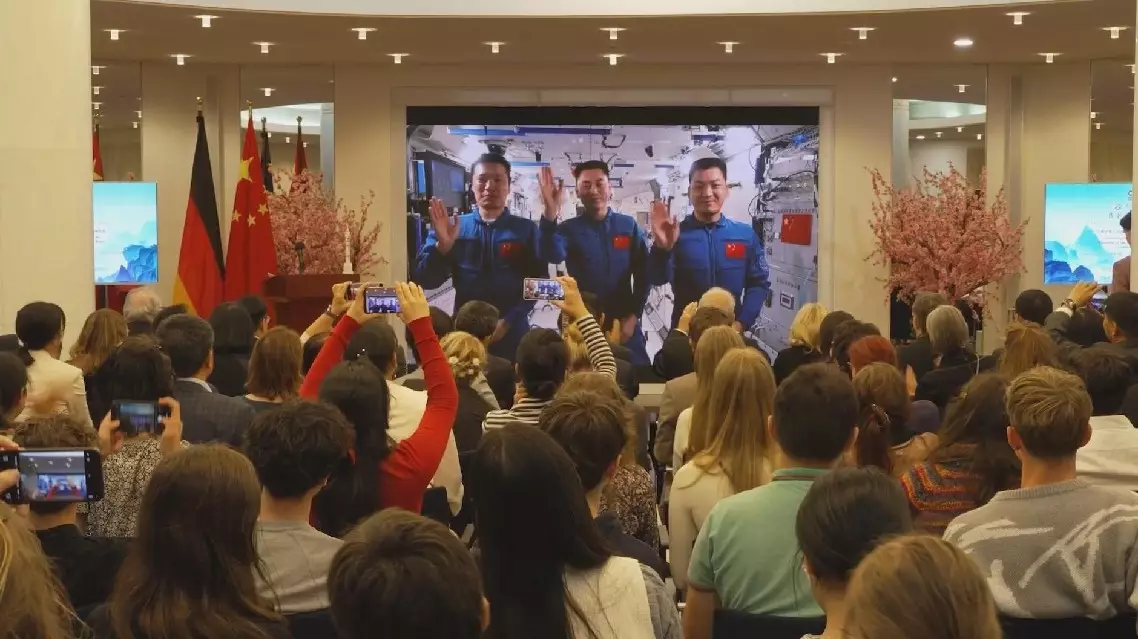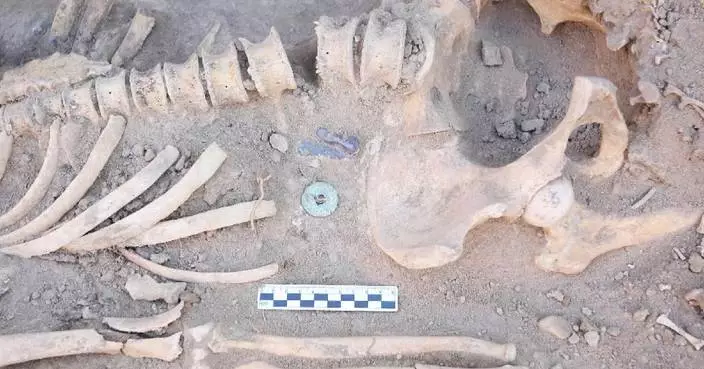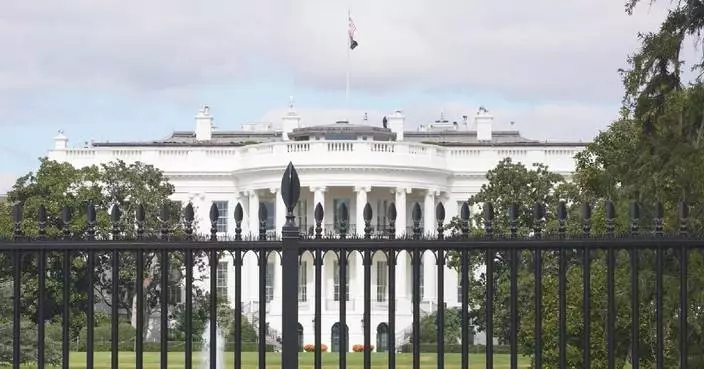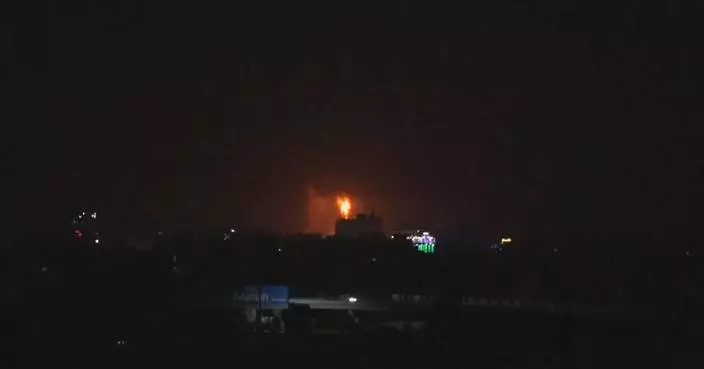The Shenzhou-18 crew members, currently in orbit aboard China's Tiangong space station, sent a video message to German teenagers, providing a station tour and conveying Mid-Autumn Festival greetings during a special cultural event celebrating the 75th anniversary of the founding of the People's Republic of China held on Saturday in Berlin, Germany.
Titled "Written in the Sky: My China Story," the event was jointly organized by China Media Group (CMG), the Chinese Embassy in Germany, and the Center for Language Education and Cooperation under China's Ministry of Education.
The three astronauts, Ye Guangfu, Li Cong, and Li Guangsu, recorded a video from the space station for young people from Germany.
"I hope you will continue to follow China's space industry and humanity's exploration of space, contributing to a better Earth for all. I also look forward to witnessing new chapters unfold in the story between you and China in the future. Through our collaborative efforts, let 'Written in the Sky' campaign serve as a bridge connecting Earth and space, and linking Chinese-German cultures and hearts," Ye said.
The Chinese astronauts provided a close-up tour of the space station to the Burg Chinese Chorus from Germany and other German students, showcasing areas such as the experimental zone, dining area, sleeping quarters, water dispenser, and treadmill at the station.
They also conveyed Mid-Autumn Festival greetings to guests from home and abroad during the event.
"At this moment, during the traditional Chinese Mid-Autumn Festival, being able to interact with everyone between space and Earth on a day of celebrating reunion and harvest holds extraordinary significance. Let us celebrate our gathering in the sky today with the melodies of the Burg Chinese Chorus. From the Chinese space station, I wish you all a happy Mid-Autumn Festival and a pleasant time in your studies and daily life," Ye said.
The Burg Chinese Chorus showcased a medley of Chinese-German songs at the event.
Launched in March this year, the campaign "Written in the Sky: My China Story" has collected more than 1,600 stories from China and over 60 countries across the globe.

Shenzhou-18 crew sends video message to German teens during CMG cultural event
Macao has been emerging as a global hub for conventions and exhibitions in recent years by exploring the enormous opportunities in the sector, driving the region to advance its economic diversification and embrace a brighter future.
Macao has received many awards this year, such as the Best Convention City (Asia) and the Best BT-MICE City, showcasing the recognition for and influence of Macao's exhibition industry.
More than 1,000 electronic game enthusiasts from all over the world gathered recently in Macao to participate in a esports themed event.
Su Zhili, organizer of the event, said that Macao's rich experience in hosting large-scale events, coupled with its good infrastructure, has driven him to choose the region as an ideal destination to hold such an activity.
"Macao has held many similar large-scale events. It has rich experience, and the facilities at the venue are relatively mature, so we can start our work comfortably," said Su.
During the first three quarters of 2024, Macao held more than 1,000 conferences and exhibitions in total.
"We will invite more professional, special conferences to be held in Macao and also cultivate more exhibition brands with international influence in Macao, so as to promote Macao's exhibitions to be more market-oriented, professional, international, digital and greener from various aspects. This is our goal," said Elaine Wong, member of the Macao Commerce and Investment Promotion Institute.
In addition, multiple large exhibitions and conferences, such as the Macao International Trade and Investment fair, the Macao Franchise Expo, and the International Infrastructure Investment and Construction Forum, are held regularly in Macao.
With the introduction of a series of policies and measures to facilitate the exchanges between the mainland and Macao, as well as the construction and development of the Guangdong-Hong Kong-Macao Greater Bay Area and the Guangdong-Macao In-Depth Cooperation Zone in Hengqin, Macao's convention and exhibition industry will embrace more opportunities for development in the foreseeable future.
"We have such a good industrial base in the Greater Bay Area. The mode of 'Convention and Exhibition + Industry' not only integrates the industries of Macao, but also the industries of the Greater Bay Area. In addition, Macao actively integrates into the national development and plays a role in the Belt and Road. Why are we so confident in Macao's convention and exhibition sector? Because it is backed by the motherland, and the country gives Macao great support," said Alan Ho, chairman of the Macao Association of Convention, Exhibition and Tourism Sectors.

Macao emerges as global hub for conventions and exhibitions, driving economic diversification and international recognition










